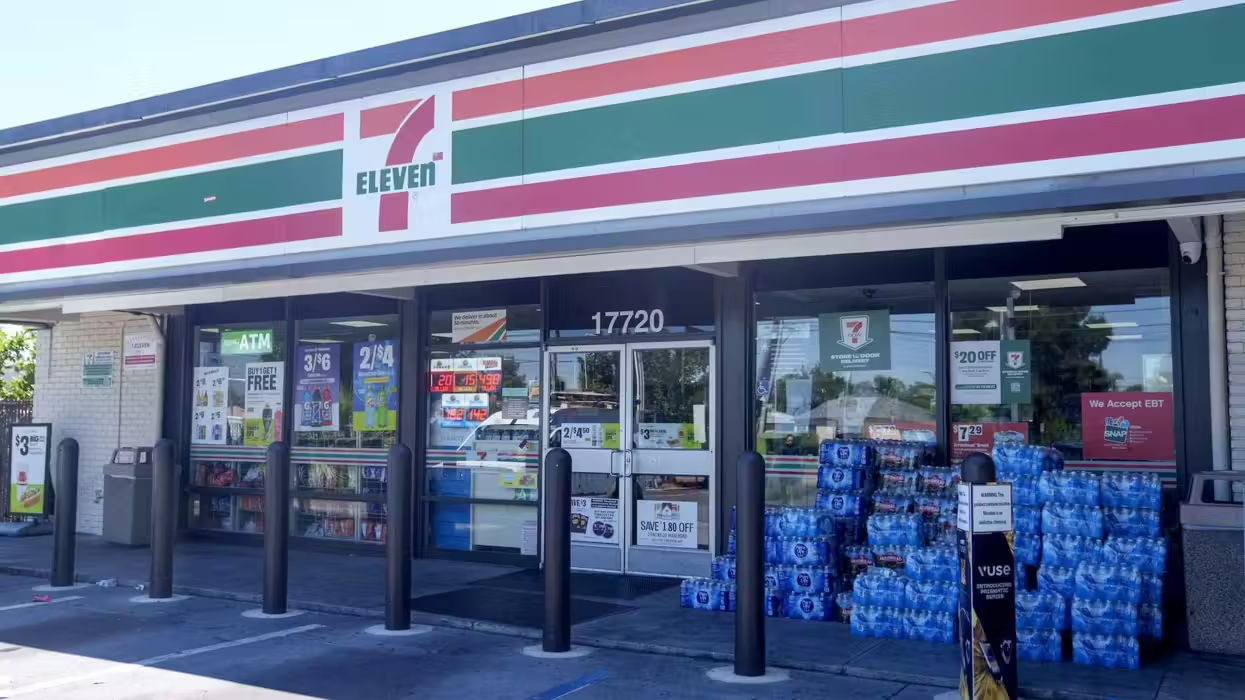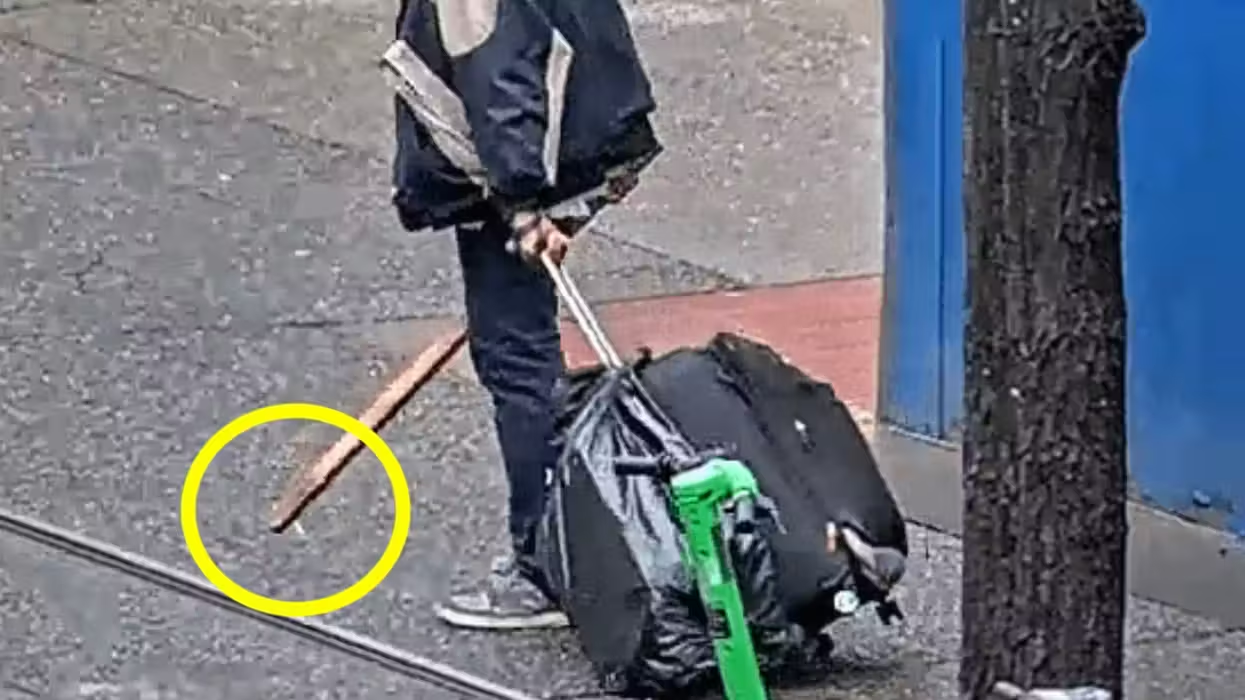The National Aeronautics and Space Administration is collecting data on fire safety by setting fires in space.
In their second round of experiments, NASA is igniting nine different samples aboard their spacecraft, the Cygnus cargo vehicle, as it orbits Earth. The samples include a cotton-fiberglass blend called Nomex, which is the same acrylic glass used for spacecraft windows.
The experiment, called Saffire-II, launched in October 2016 and NASA says the mission will help "develop deep space habitation capabilities," as well as "validate important habitation-related systems and operations in low-Earth orbit."
Saffire-II is the second of a three-part experiment and aims to build on the data collected during the previous fire safety experiment, Saffire-I. NASA partnered with the European Space agency and began igniting test samples on Monday around 7:15 pm Eastern Time.
Saffire-I investigated "large-scale flame spread and material flammability limits in long duration microgravity," according to NASA's website. Before this experiment, the largest fire experiment ever conducted in space was about the size of an index card.
NASA is providing live updates on the mission on their website.







